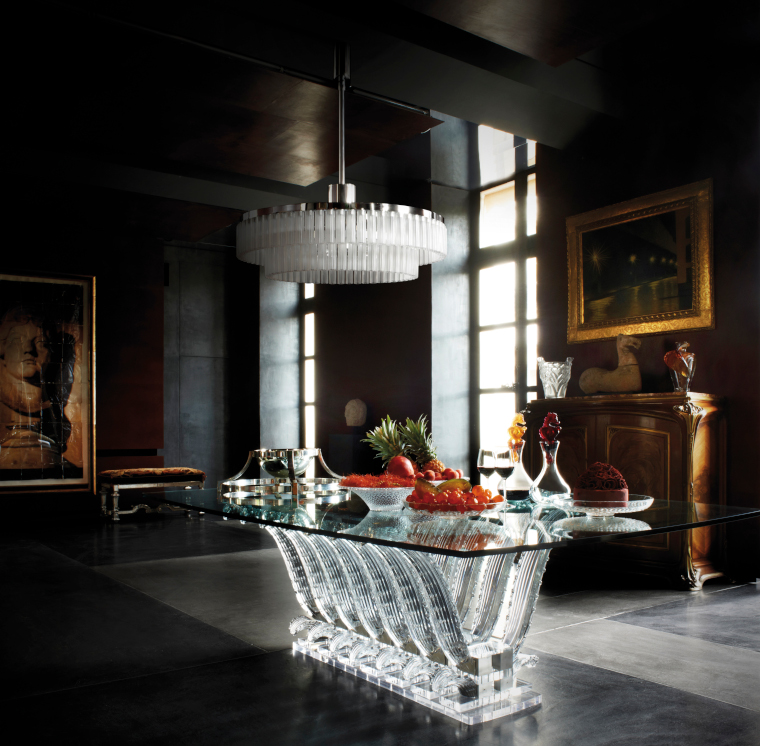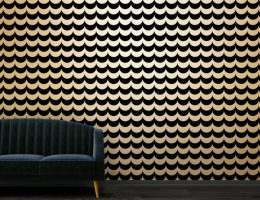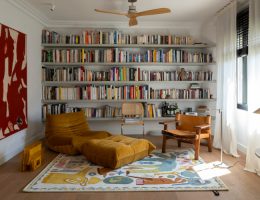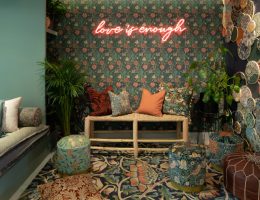I love a factory, so imagine my delight when I was invited by Lalique to visit their historic manufacturing plant in Alsace
It is 100 years since René Lalique opened his factory in Alsace to start mass producing glass tableware and accessories. This pioneer of Art Nouveau and then Art Deco design was already recognised for his unusual jewellery and decorative perfume bottles, which he had been producing in Paris since 1888. But in 1922, when the factory opened, Lalique glass could be brought to a wider (though still affluent) audience and I was intrigued to discover that the production processes have changed very little since then.
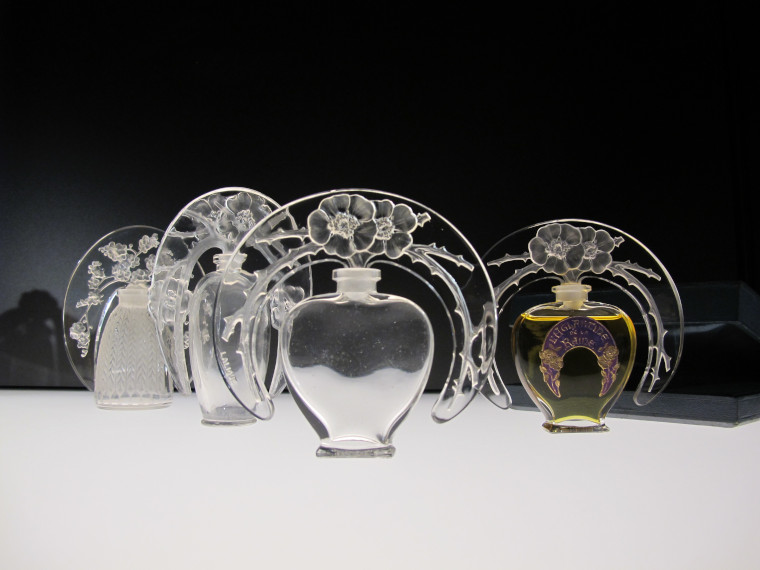
René Lalique worked in glass but the brand now uses crystal which has a diamond brightness due to the lead content. The company produces its own cast iron moulds on site and prides itself on achieving challenging shapes and finishes in this fragile medium.
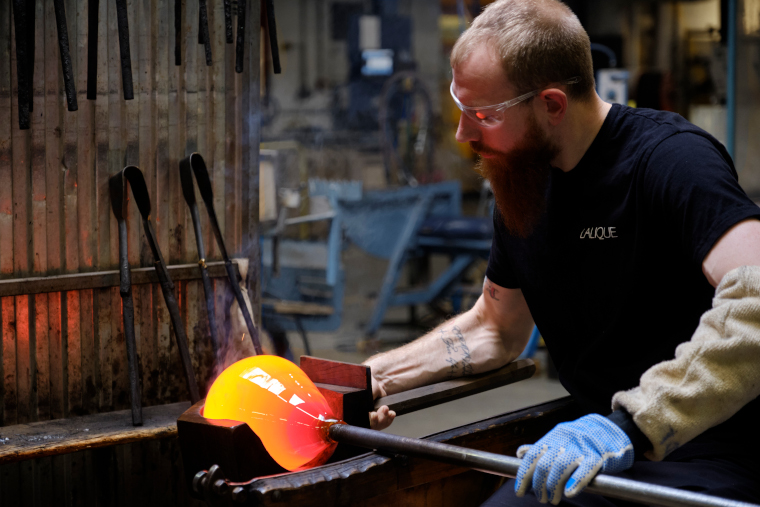
The glass is blown, pressed or moulded by craftsmen and women at the factory depending on the desired result. The process is still very labour intensive – on average 20 different pairs of hands handle each piece from the glass blowers at the start of the process through to the hand polishers and hand embellishers at the end. To give an idea of the attention to detail there are 3000 hand pained dots on the large Anemone vase.
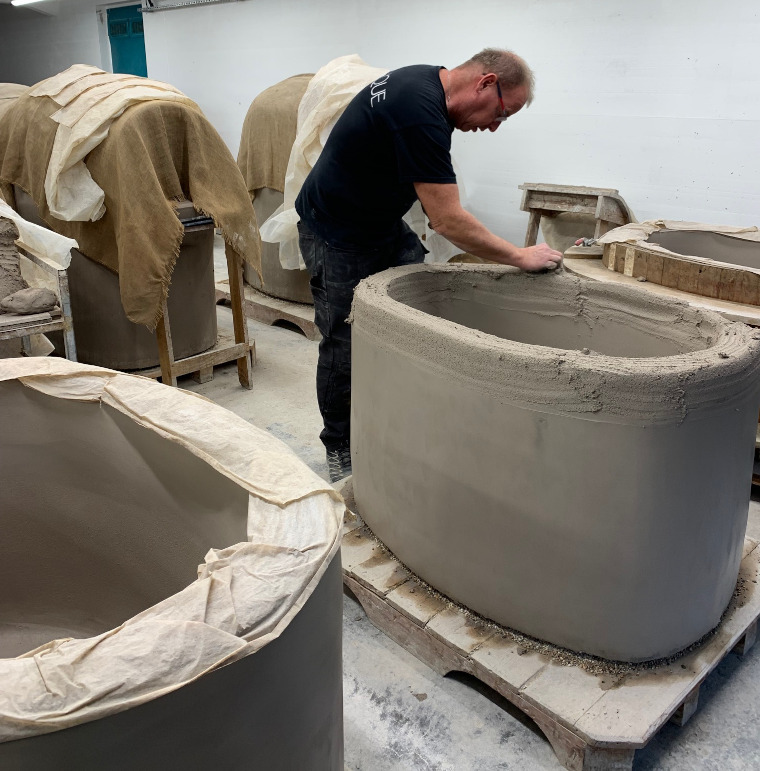
One stage I found particularly intriguing is the use of pot furnaces in the production of coloured crystal. If pigmented crystal is exposed to direct flames it can discolour, so Lalique employs a team to hand build traditional pot furnaces out of clay to contain the crystal while it is in the kiln. Each pot takes around three weeks to build, nearly a year to dry and then only lasts three months – extraordinary!
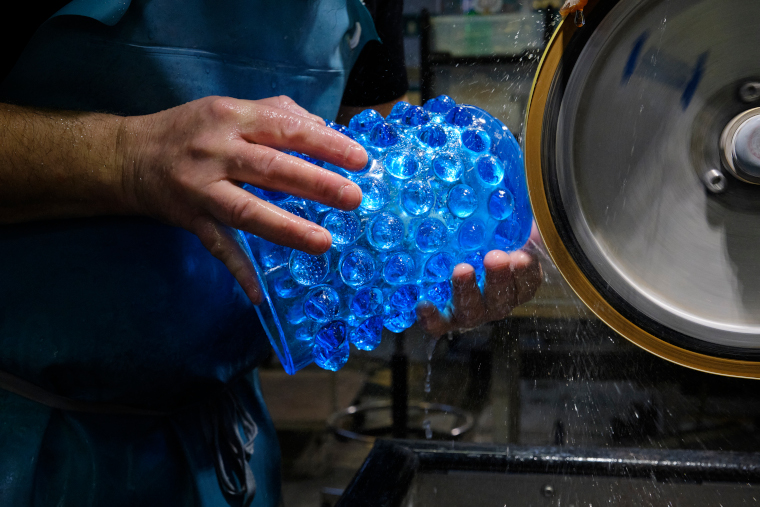
The company also employs the complicated lost wax method to produce particularly intricate designs. Lost wax (where basically the wax model is destroyed to create the final piece) was used by the ancient Greeks and yet has changed very little since then.
By the end of my factory visit I was a little flushed (the kilns reach 1400 degrees) but I now have a far greater appreciation of the craftsmanship behind Lalique and why some of these handsome pieces command such high price tags.
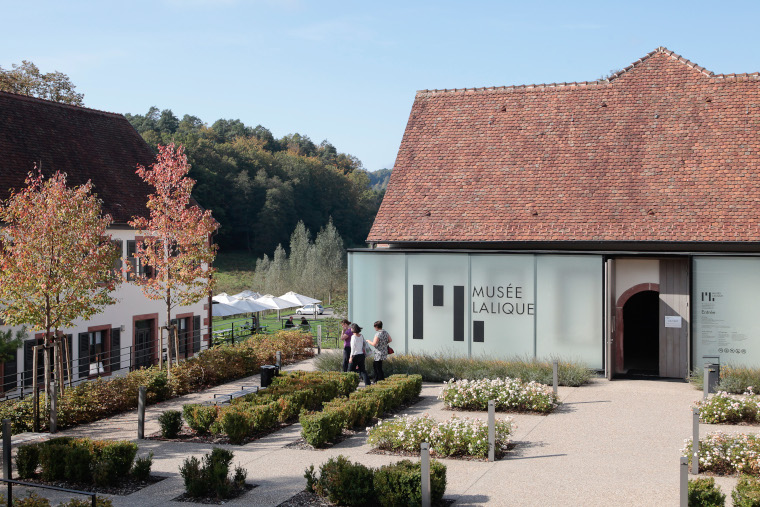
The museum and hotel
If you love Lalique, then The Musée Lalique, just a stones throw from the factory, is a must visit. It boasts displays of more than 650 exceptional pieces created by René Lalique and his heirs. From the early jewellery to more recent crystal sculptures.
Opened in 2011 the museum is housed in an attractive setting which fuses a traditional building with modern architecture and landscaped grounds. I particularly loved the collections of perfume bottles and some of the earliest 1920s vases that look as contemporary today as they did when they were launched.
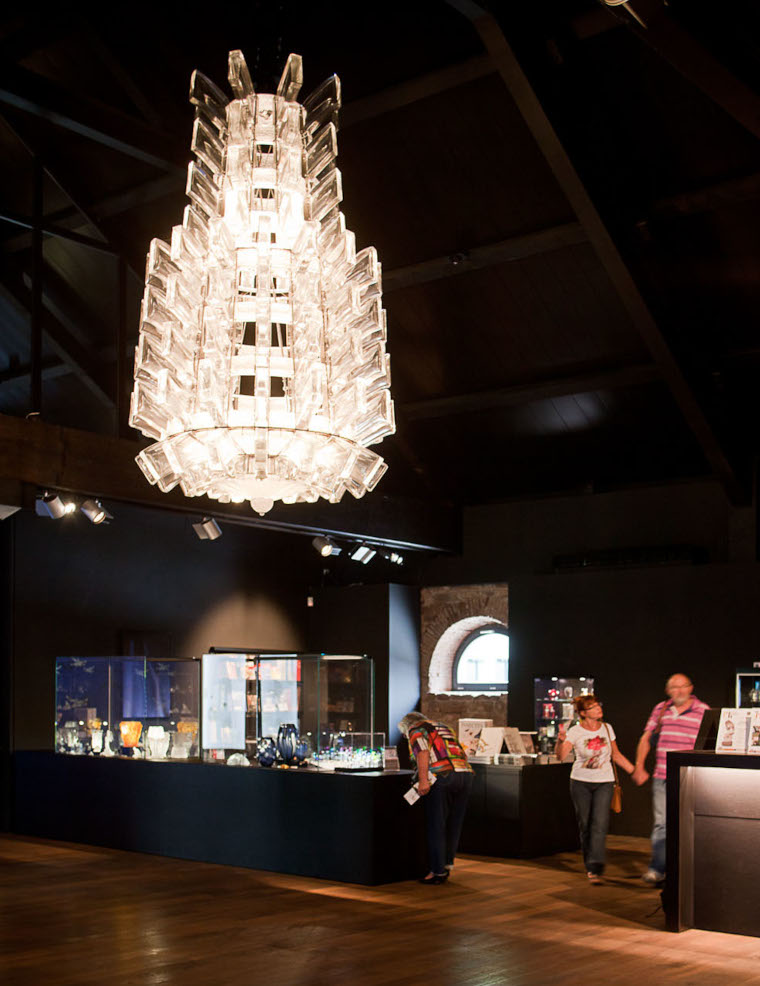
And, if you fancy making the most of your trip to Alsace then treat yourself to a stay at Villa René Lalique. This boutique, five-star hotel opened in 2015 in what was René Lalique’s former home. There are just six bedrooms, all dressed from head to toe by Lalique right down to the tap controls, and the restaurant boasts two Michelin Stars.
(top image photographer: Gilles Pernet)
